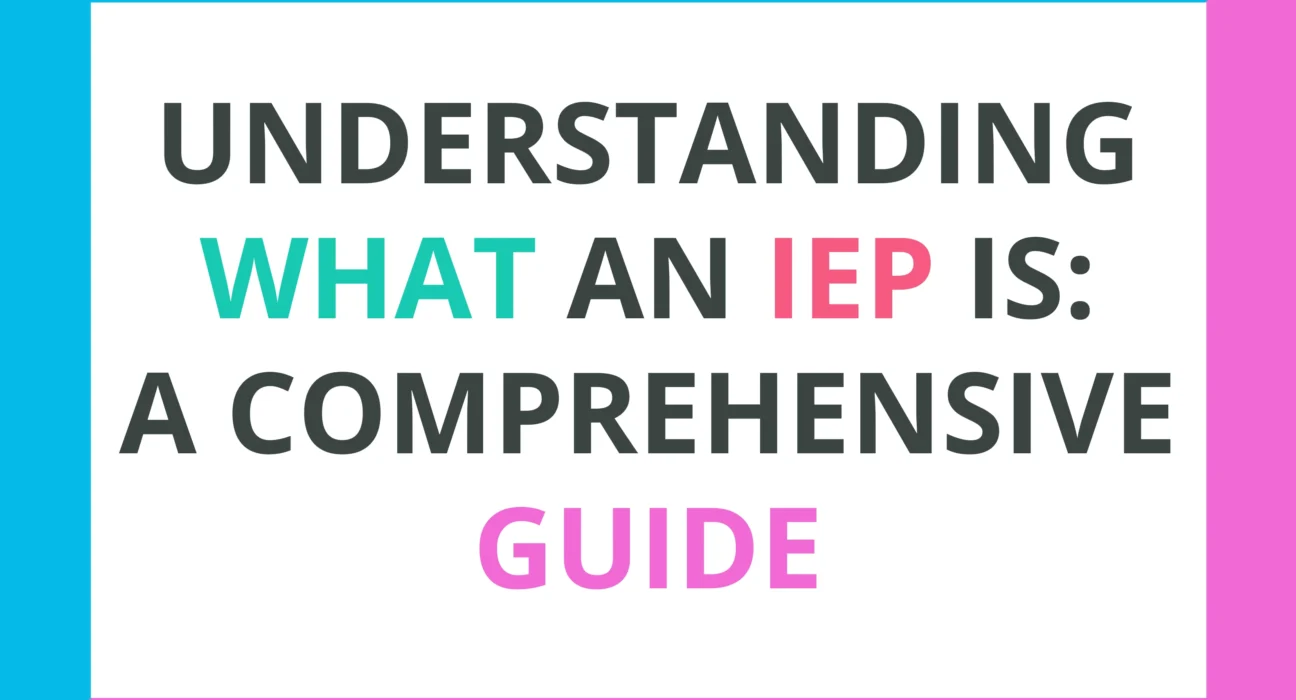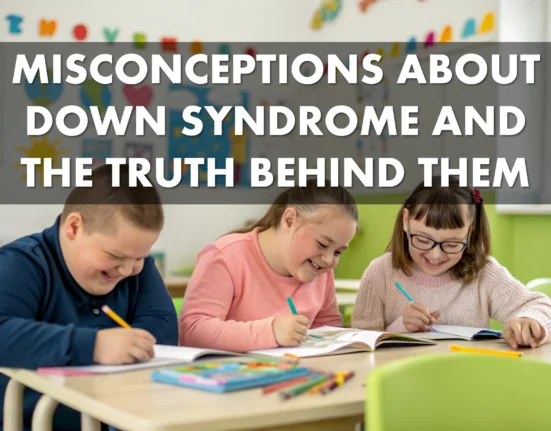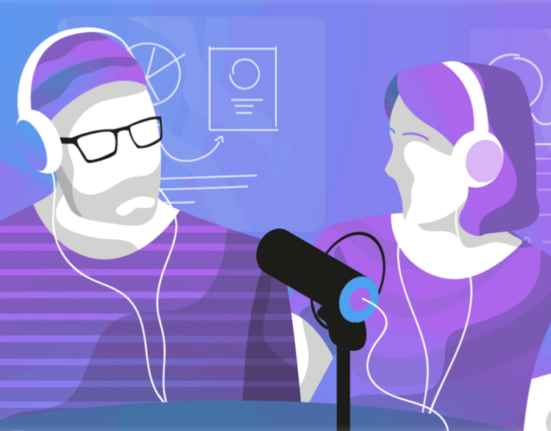In the realm of education, acronyms abound, but few are as critical to the lives of students with disabilities as the IEP, or Individualized Education Program. This essential document plays a pivotal role in ensuring that children with special needs receive the tailored support they require to thrive academically and socially. But what exactly is an IEP, and why is it so important?
An IEP is a legally binding document designed to meet the unique educational needs of a student with a disability. It outlines specific goals for the student, the services and support they will receive, and how their progress will be measured. The creation and implementation of an IEP involve collaboration among educators, parents, and specialists, ensuring that the student’s education is both inclusive and individualized.
Table of Contents
The Core Purpose of an IEP
At its heart, an IEP is about providing equal educational opportunities to students who face challenges that their peers may not encounter. It’s not merely a plan; it’s a commitment to ensuring that each child receives a free and appropriate public education (FAPE) in the least restrictive environment (LRE). This means that students with disabilities should be educated alongside their non-disabled peers to the maximum extent possible, with accommodations and modifications as necessary.
The IEP serves as a roadmap for educators, outlining the specific strategies and resources needed to help the student achieve their educational goals. This might include specialized instruction, assistive technology, or related services such as speech therapy or counseling. The IEP is tailored to the individual, meaning that no two IEPs are exactly alike, even if the students share similar disabilities.
Who Qualifies for an IEP?
Not every student with a disability qualifies for an IEP. Eligibility is determined through a comprehensive evaluation process that assesses whether a student’s disability impacts their ability to learn and perform in a regular classroom setting without specialized support. The disability categories recognized by the Individuals with Disabilities Education Act (IDEA) include, but are not limited to, autism, speech and language impairments, emotional disturbances, and specific learning disabilities like dyslexia.
Once a student is deemed eligible, an IEP team is formed, typically consisting of the student’s parents, teachers, a school psychologist, and other relevant specialists. This team collaborates to develop a plan that addresses the student’s specific needs and outlines measurable goals.
The IEP Meeting: A Collaborative Process
The creation of an IEP begins with a meeting, where all stakeholders come together to discuss the student’s needs, strengths, and areas of concern. This meeting is a critical aspect of the IEP process, as it allows for open communication and collaboration among everyone involved. Parents play a vital role in this process, offering insights into their child’s abilities and challenges that may not be apparent in a classroom setting.
During the IEP meeting, the team will establish specific, measurable goals for the student. These goals are designed to be both ambitious and achievable, taking into account the student’s current levels of performance. The team will also decide on the special education services, accommodations, and modifications that will be provided to help the student reach these goals.
Components of an IEP
An IEP is a detailed document that includes several key components:
- Present Levels of Academic Achievement and Functional Performance (PLAAFP): This section provides a snapshot of the student’s current abilities, including strengths and areas where they need support.
- Annual Goals: These are specific objectives the student is expected to achieve within a year. They are designed to be measurable and tailored to the student’s unique needs.
- Special Education and Related Services: This outlines the specific services the student will receive, such as speech therapy, occupational therapy, or counseling, as well as any assistive technology that will be used.
- Accommodations and Modifications: These are adjustments made to the learning environment or teaching methods to help the student access the general education curriculum. For example, a student with a reading disability might receive text-to-speech software.
- Progress Monitoring: This section details how the student’s progress toward their goals will be tracked and communicated to parents.
Parental Rights and Involvement in the IEP Process
Parents are not just participants in the IEP process; they are key advocates for their child. They have the right to be fully informed about their child’s education and to provide input on all aspects of the IEP. This includes agreeing or disagreeing with the proposed services and goals, requesting revisions, and even bringing in outside experts for additional evaluations.
Parents also have the right to request an IEP meeting at any time if they feel that changes need to be made to better support their child. This level of involvement ensures that the IEP remains a living document, capable of evolving as the student’s needs change.
The Importance of Regular IEP Reviews
An IEP is not a static document; it requires regular review and adjustment. At least once a year, the IEP team must meet to evaluate the student’s progress and update the plan as needed. This annual review is an opportunity to celebrate successes, address any ongoing challenges, and set new goals for the upcoming year.
In addition to the annual review, parents or educators can request additional meetings at any time if there are concerns that the current IEP is not adequately supporting the student’s needs. These reviews ensure that the IEP remains relevant and effective throughout the student’s educational journey.
IEP vs. 504 Plan: Understanding the Difference

While both IEPs and 504 Plans are designed to support students with disabilities, they are not the same. An IEP is specifically for students who qualify for special education services under IDEA, and it provides a comprehensive plan that includes specialized instruction and related services.
A 504 Plan, on the other hand, is for students who do not require specialized instruction but still need accommodations to access the general education curriculum. These accommodations might include things like extended time on tests, preferential seating, or the use of assistive technology. Unlike an IEP, a 504 Plan does not include specific goals or progress monitoring.
The Role of Teachers and Specialists in IEP Implementation
Once an IEP is in place, it is the responsibility of the student’s teachers and support staff to implement the plan effectively. This means providing the accommodations and services outlined in the IEP, monitoring the student’s progress, and adjusting instruction as needed. Teachers play a critical role in ensuring that the student receives the support they need to succeed in the classroom.
Specialists, such as speech therapists, occupational therapists, and school psychologists, also play a vital role in IEP implementation. They provide the direct services outlined in the IEP and work closely with teachers to integrate these services into the student’s daily routine. Collaboration among all members of the IEP team is essential for the plan’s success.
Challenges and Solutions in the IEP Process
Despite the best intentions of all involved, the IEP process can sometimes be fraught with challenges. Common issues include disagreements between parents and school staff about the best course of action, difficulties in implementing the IEP effectively, and ensuring that all team members are on the same page.
Open communication and collaboration are key to overcoming these challenges. Regular meetings, clear documentation, and a willingness to adapt the plan as needed can help ensure that the IEP remains an effective tool for supporting the student’s educational journey.
The Long-Term Impact of an IEP
The benefits of a well-crafted IEP extend far beyond the classroom. By providing students with the support they need to succeed academically, socially, and emotionally, an IEP helps pave the way for a brighter future. Students with IEPs are more likely to graduate from high school, pursue higher education, and achieve meaningful employment.
In many cases, the skills and strategies learned through the IEP process can also help students become more independent and self-advocating, giving them the tools they need to navigate life’s challenges with confidence.
FAQs
What is an IEP?
An IEP, or Individualized Education Program, is a legally binding document that outlines the special education services and support a student with a disability will receive. It includes specific goals, accommodations, and services tailored to the student’s unique needs.
Who qualifies for an IEP?
Students with disabilities that impact their ability to learn in a general education classroom may qualify for an IEP. Eligibility is determined through a comprehensive evaluation process and is based on specific criteria outlined by the Individuals with Disabilities Education Act (IDEA).
How often is an IEP reviewed?
An IEP must be reviewed at least once a year to assess the student’s progress and update the plan as needed. However, additional reviews can be requested by parents or educators at any time if there are concerns that the IEP is not adequately supporting the student’s needs.
What is the difference between an IEP and a 504 Plan?
An IEP is a detailed plan for students who qualify for special education services and includes specialized instruction and related services. A 504 Plan provides accommodations for students who do not require specialized instruction but still need support to access the general education curriculum.
Can parents be involved in the IEP process?
Yes, parents are key members of the IEP team and have the right to provide input on all aspects of the plan. They can also request revisions and additional meetings to ensure that the IEP meets their child’s needs.
What happens if a student with an IEP moves to a new school?
If a student with an IEP moves to a new school, the new school must provide services comparable to those in the existing IEP until a new plan can be developed. This ensures continuity of support during the transition.
Conclusion
Understanding what an IEP is and how it functions is crucial for parents, educators, and anyone involved in the education of children with disabilities. An IEP is more than just a document; it is a promise to provide individualized support that meets each student’s unique needs, helping them achieve their full potential. Through collaboration, regular review, and a commitment to the student’s success, the IEP serves as a powerful tool for fostering growth, independence, and lifelong learning.
IEP Membership and Roles: Ensuring Comprehensive Special Education Support







6 Comments